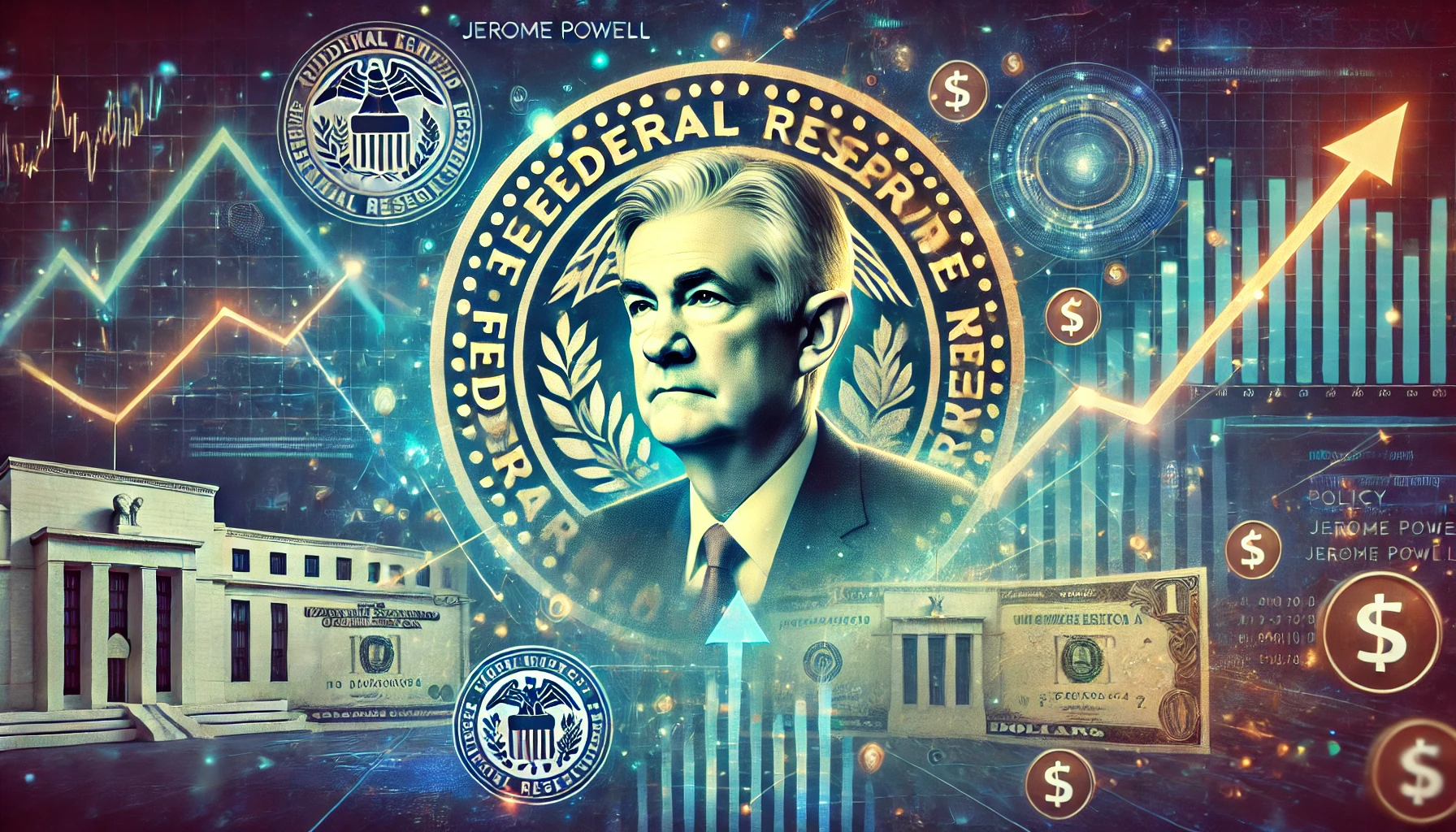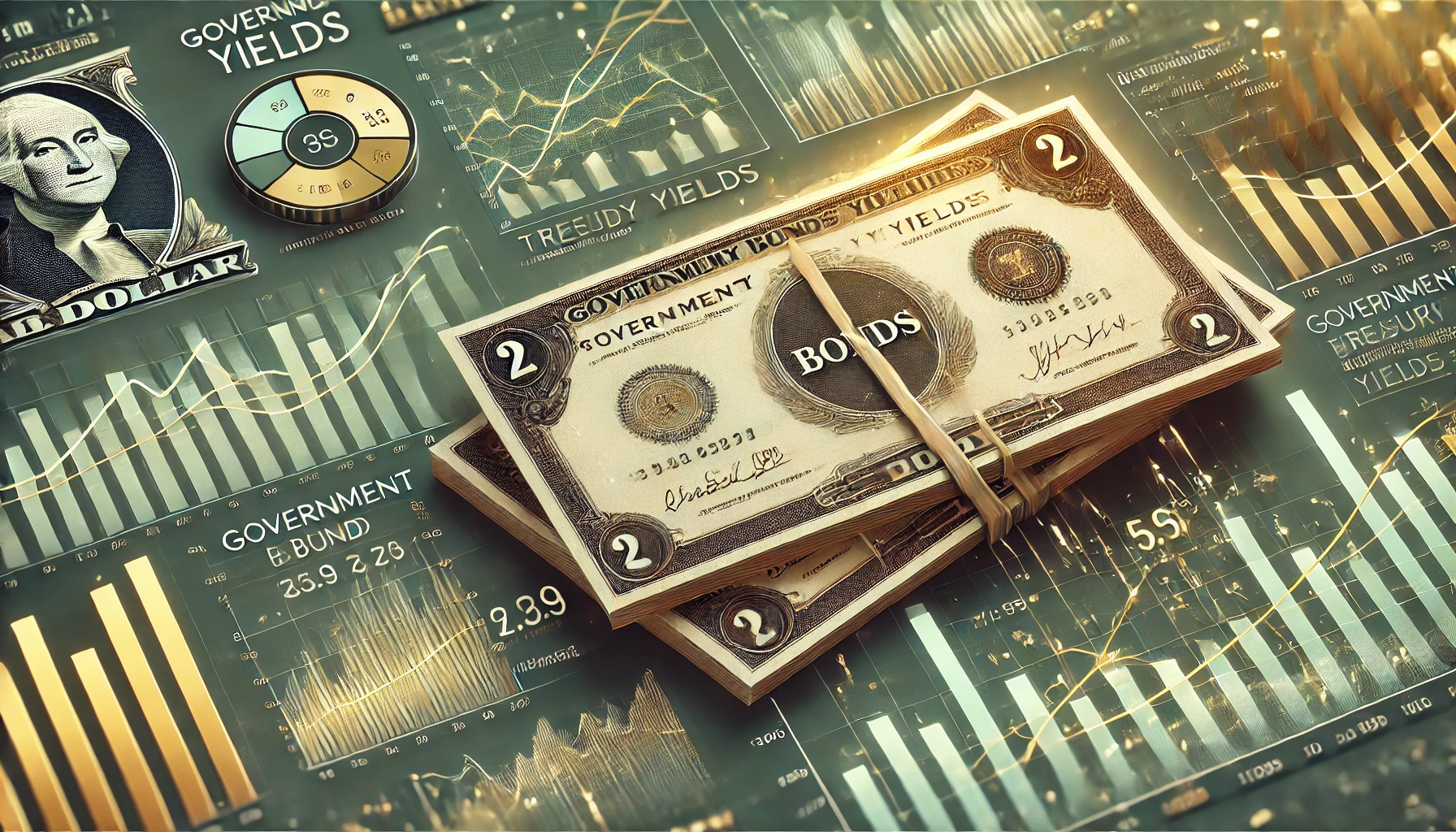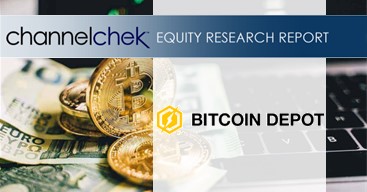| Key Points: – December’s core Consumer Price Index (CPI) rose by 0.2% month-over-month, indicating a slight deceleration in inflation. – Federal Reserve officials are expected to maintain the current interest rates at the January policy meeting. – Concerns persist about achieving the Fed’s 2% inflation goal amid uncertainties in fiscal and regulatory policies. |
Fresh inflation data released Wednesday is likely to keep the Federal Reserve on pause during its next policy meeting this month, even though a new reading did show some signs of easing.
On a “core” basis, which eliminates the more volatile costs of food and gas, the December Consumer Price Index (CPI) climbed 0.2% over the prior month, a deceleration from November’s 0.3% monthly gain. On an annual basis, prices rose 3.2%. It was the first drop on a core basis after three months of being stuck at 3.3%.
“This latest inflation reading confirms a Fed rate cut skip at the January FOMC meeting,” said EY chief economist Gregory Daco. The new print “won’t change expectations for a pause later this month, but it should curb some of the talk about the Fed potentially raising rates,” said Ellen Zentner, chief economic strategist for Morgan Stanley Wealth Management. The Fed next meets on Jan. 28-29, and investors are nearly unanimous in their view the central bank will leave rates unchanged after reducing them by a full percentage point in late 2024.
“We are making progress on inflation, it’s just very slow,” former Federal Reserve economist Claudia Sahm told Yahoo Finance Wednesday. “Cuts are not coming later this month, but that doesn’t mean they aren’t coming later this year.”
New York Fed president John Williams said after the CPI release that “while I expect that disinflation will progress, it will take time, and the process may well be choppy.” The economic outlook, he added, “remains highly uncertain, especially around potential fiscal, trade, immigration, and regulatory policies” — a reference to possible changes that could happen as part of the incoming Trump administration. Lots of Fed officials in recent weeks have been urging caution on future rate cuts.
In fact, the Fed’s December meeting minutes showed officials believed inflation could take longer than anticipated to reach their 2% goal, citing stickier-than-expected inflation data since past fall and the risks posed by new policies of Trump 2.0. They noted “the likelihood that elevated inflation could be more persistent had increased,” according to the minutes, even though they still expected the Fed to bring inflation down to its 2% goal “over the next few years.” Several members of the Fed even said at that meeting that the disinflationary process may have stalled temporarily or noted the risk that it could.
The elevated inflation concerns help explain why Fed officials in December reduced their estimate of 2025 rate cuts to two from a previous estimate of four. U.S. Federal Reserve Chair Jerome Powell speaks during a press conference where he announced the Fed had cut interest rates by a quarter point following a two-day meeting of the Federal Open Market Committee on interest rate policy in Washington, U.S., December 18, 2024. REUTERS/Kevin Lamarque.
Inflation could show new signs of progress in year-over-year comparisons later in 2025’s first quarter since in 2024 inflation spiked back up before declining again. Fed governor Michelle Bowman may be the most worried of the Fed officials, saying last week that she could have backed a pause in interest rates last month but supported a cut as the “last step” in the central bank’s “policy recalibration.”
Kansas City Fed president Jeff Schmid, a voting FOMC member this year, said, “I believe we are near the point where the economy needs neither restriction nor support, and that policy should be neutral.” Schmid said he is in favor of adjusting rates “gradually,” noting that the strength of the economy allows the Fed to be patient. Boston Fed president Susan Collins, another voting member this year, also called for a gradual approach.
“With policy already closer to a more neutral stance, I view the current nature of uncertainty as calling for a gradual and patient approach to policymaking,” Collins said. But DWS Group head of fixed income George Catrambone said the new numbers released Wednesday provided a “sigh of relief” for the Fed. But there is still a lot of uncertainty ahead, as new policies from the Trump administration may affect the outlook. As to when the Fed may first cut rates in 2025, “if we don’t see it by Jackson Hole, it’s not coming,” Catrambone added, referring to an annual Fed event that takes place in late August.













